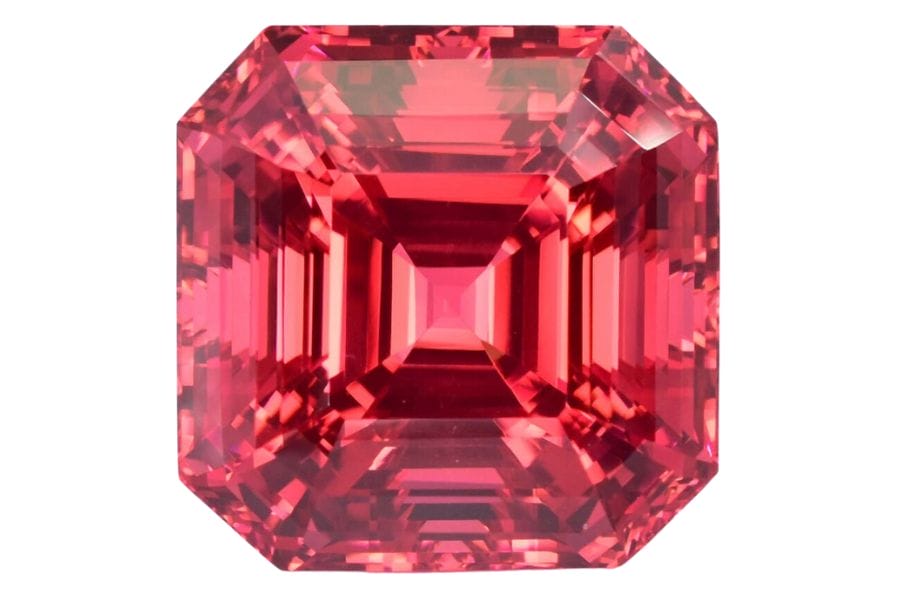Gem enthusiasts and collectors often find themselves comparing spinel vs ruby, two captivating and radiant gemstones. While both of these gems can dazzle and intrigue, there’s a world of differences and shared traits between them.
Upon closer examination, you’ll see that each stone has its unique characteristics, ranging from the way they form in the earth to their distinctive properties and appearances.
Delving into their individual quirks and qualities can be both fascinating and enlightening for those who appreciate gemstones. So, get ready to embark on a journey that unravels the mystique surrounding these two beautiful gems.
Spinel vs Ruby – The Major Differences
At first glance, spinel and ruby can look quite similar, especially when they’re both red. But, when you dive deeper, you’ll see the characteristics that set each stone apart.
Colors – Ruby only comes in red hues
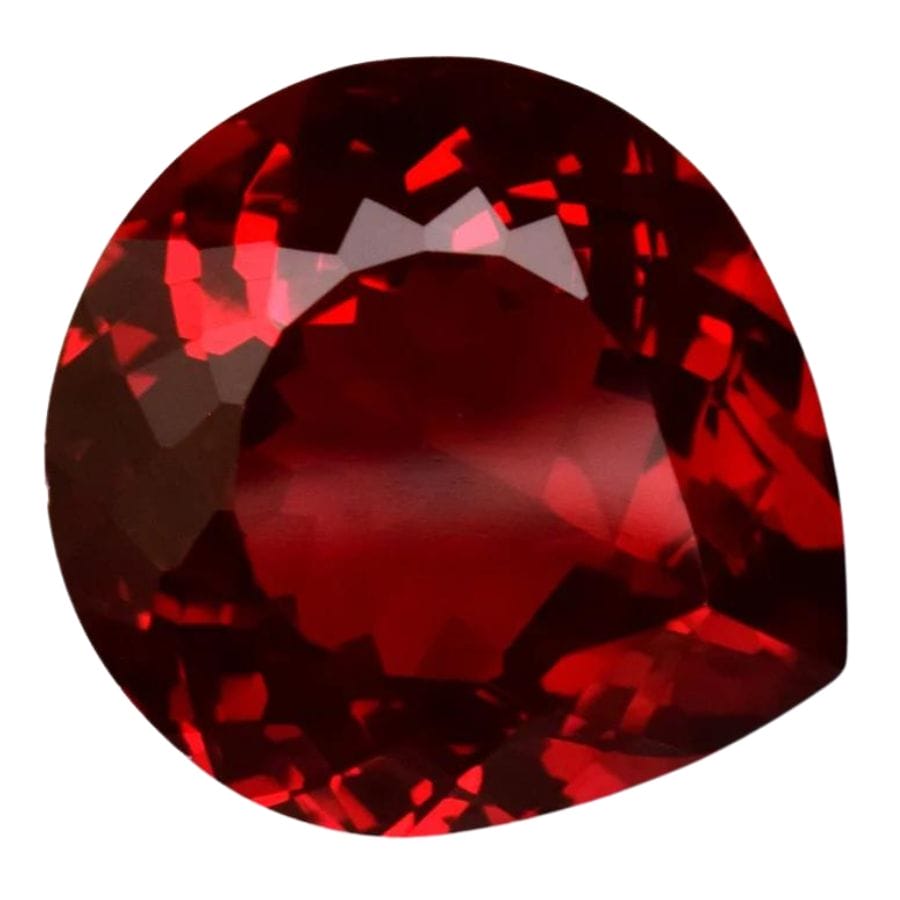
Spinel can be red, blue, pink, violet, and many shades in between. On the other hand, ruby is best known for its striking red color. It can show different shades of red, from a bright, fiery hue to a softer, pale red.
Gemstones have tiny bits of minerals inside them that make them shine in different colors. These small bits, called trace elements, absorb certain colors of light and let other colors pass through. Think of it like a filter on a camera.
The trace elements in spinel can be different from those in ruby, which is why spinel can have so many colors.
Ruby contains the trace element chromium, which gives ruby its classic red color. On the other hand, spinel can have a mix of different elements, and that’s why we get to see it in a whole bunch of cool colors.
Luster – Spinel looks like glass when polished
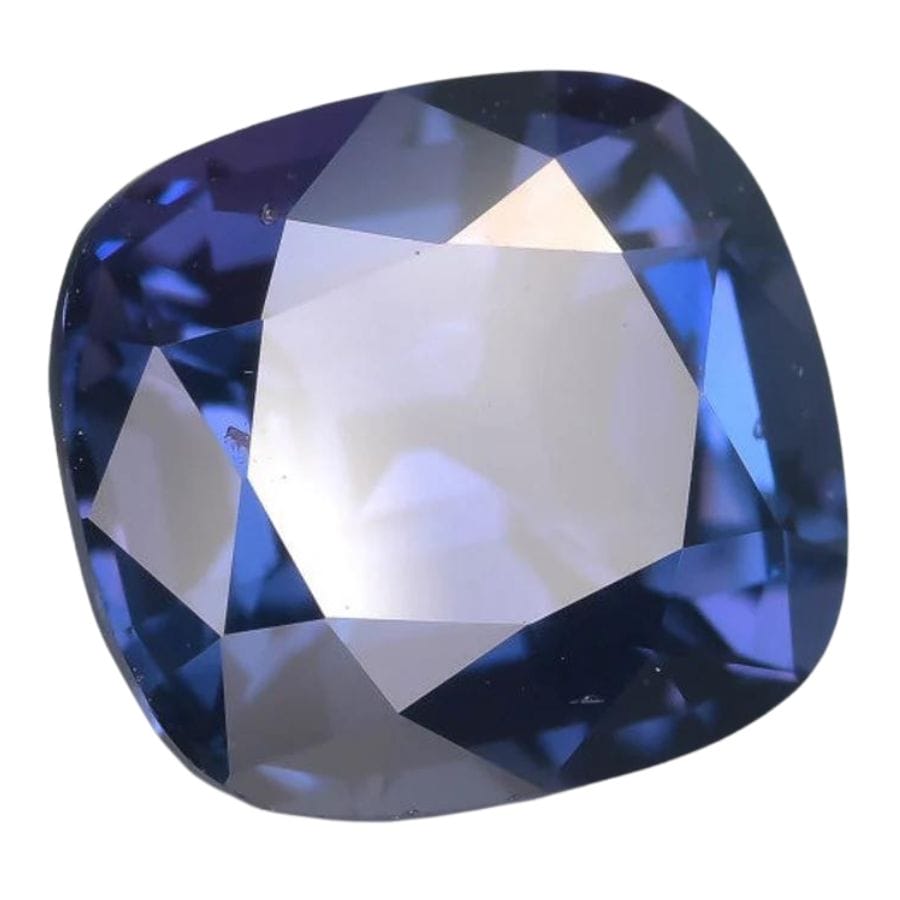
Luster describes how light interacts with the surface of a gemstone. It’s the kind of glow or shine you see when you look at a gem under light.
Spinel has a luster that’s called vitreous. This means it shines like glass. When you look at a spinel, it gives off a bright, glassy shine that makes it sparkle.
Ruby, on the other hand, can have a few different types of luster. One is “subadamantine,” which means that it has an extra brilliant shine, almost like a diamond.
However, ruby can also have a vitreous luster, just like spinel.
Clarity – Ruby is transparent or translucent
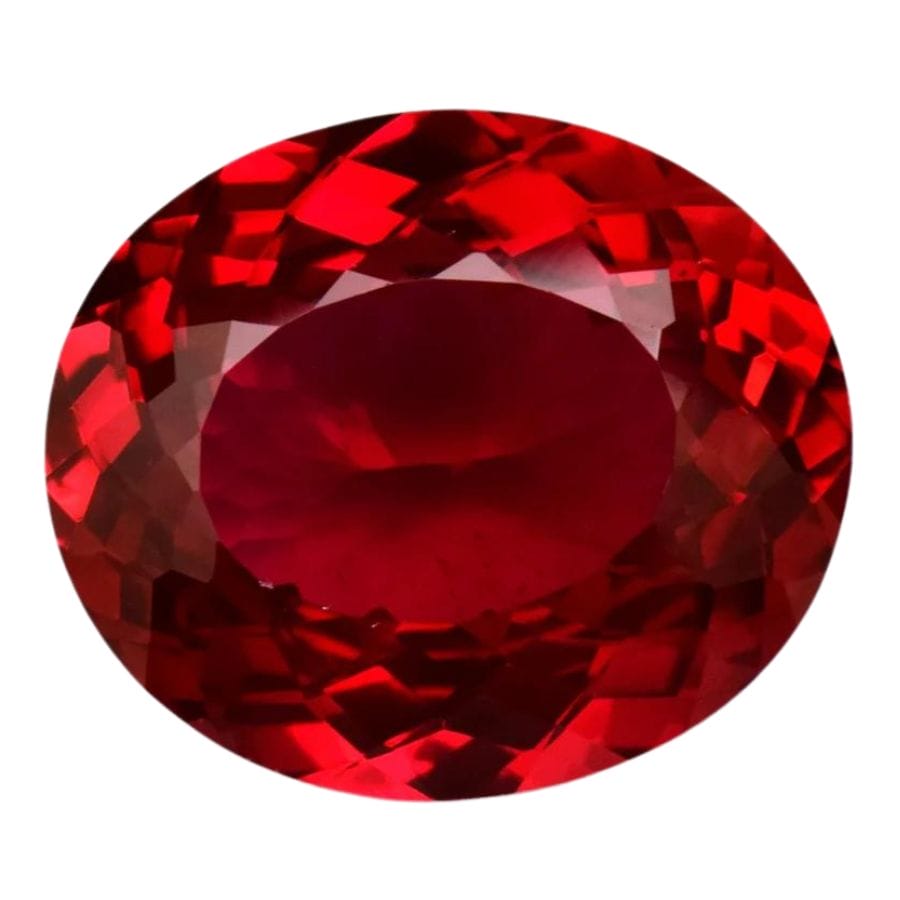
Transparency means you can see straight through a gem, like looking through a clear piece of glass. Spinel can sometimes be like this, but it can also be opaque, meaning you can’t see through it at all, like a brick wall.
Some spinels have little things inside them, called “inclusions,” which can make them less clear.
Ruby is usually transparent to translucent. Translucent is in the middle of transparent and opaque. It means some light can pass through, but not enough to see clearly, like a frosted window.
Rubies are loved for how clear they can be. But rubies can also have inclusions! One special kind of inclusion is called “silk.” Silk in rubies can be cool because if it’s just right, the ruby can show a star shape on its surface.
This effect, called “asterism,” can make the ruby even more valuable.
Hardness – Spinel is softer than ruby
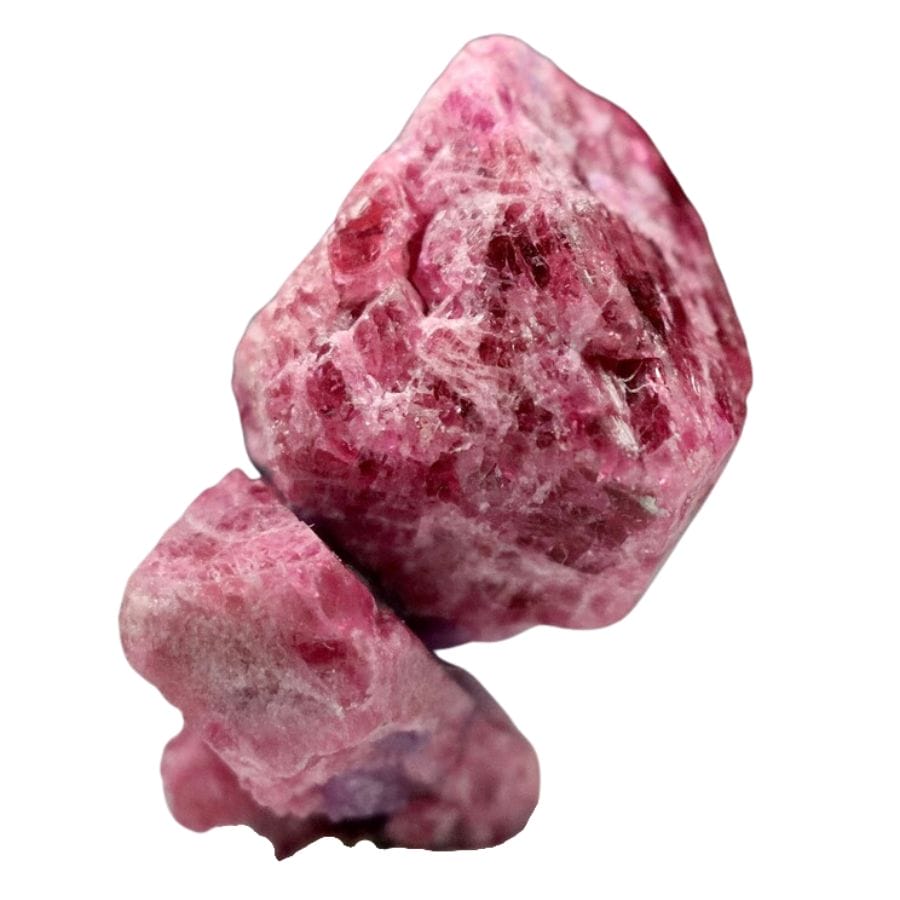
We measure gem hardness using something called the Mohs scale. It’s like a ranking system from 1 (super soft) to 10 (super hard). The higher the number, the harder and tougher the gem is.
Spinel is pretty strong with a hardness of 7.5 to 8. This means it’s harder than many other stones, but not the hardest out there. If you had a spinel ring, it would resist scratches pretty well in everyday use.
Ruby is even tougher! With a Mohs hardness of 9, it’s one of the hardest natural minerals around. Only a few things, like diamonds, can scratch a ruby.
Being a form of corundum, ruby is in a special group of really hard minerals. If you had a ruby necklace, you’d hardly ever see a scratch on it.
Crystal structure – Ruby crystals look like hexagonal prisms
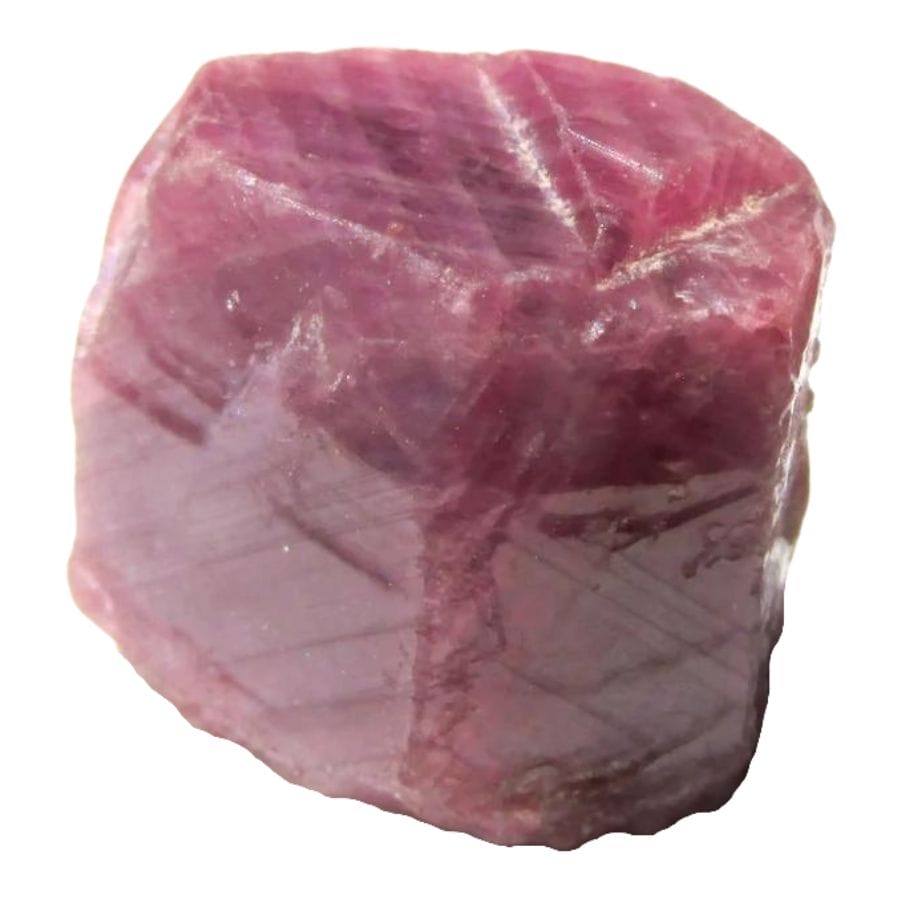
Crystal structure is the way atoms are arranged in a solid, and it plays a big role in determining a gemstone’s properties.
Just like building blocks stacked in different patterns create different structures, atoms arrange themselves in various patterns to form different crystal systems.
Spinel is known to have a cubic crystal structure. Think of it like a box, with all sides being equal in length. This means that its atoms are set up in a pattern that repeats in three dimensions, forming cube-like shapes.
On the other hand, ruby has a trigonal crystal structure. This is a bit like a stretched cube. Instead of all sides being equal, it has one longer dimension.
The atoms in ruby arrange themselves in a way that creates a three-sided pattern, which is why it’s called trigonal.
Cleavage – Spinel has curved breakage surfaces
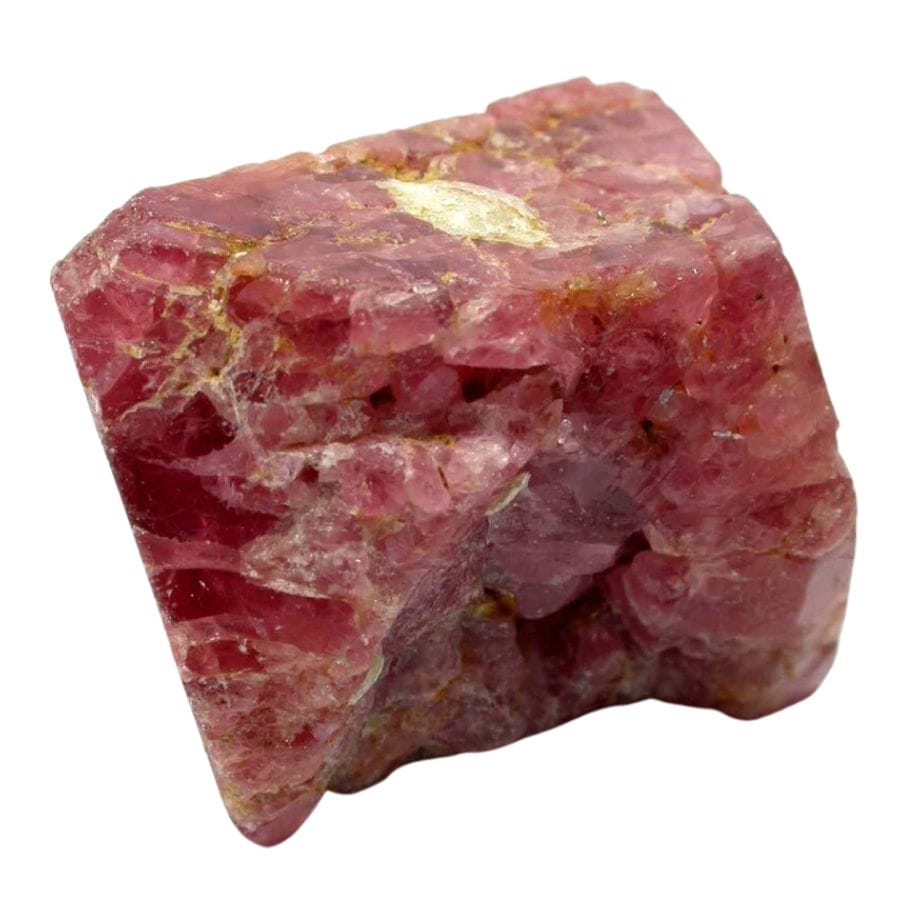
Cleavage in gemstones is like a built-in weak spot where the gem can split or break. Imagine bending a piece of cardboard; it often bends at the crease because that’s its weak spot. However, not all gems have this weak spot.
Neither spinel nor ruby has cleavage. This means that both gemstones don’t have a preferred direction to break in. If you tried to split them, they wouldn’t break in a neat and flat way.
Instead, both of these gems have something called a “fracture.”
Spinel has what’s called a conchoidal fracture. Imagine how a thick piece of glass breaks, with those curvy and rough edges; that’s conchoidal.
Ruby, on the other hand, can break in two ways. It can have a conchoidal fracture just like spinel, but sometimes, it also shows a splintery fracture, which looks like splinters of wood.
Chemical composition – Ruby contains chromium
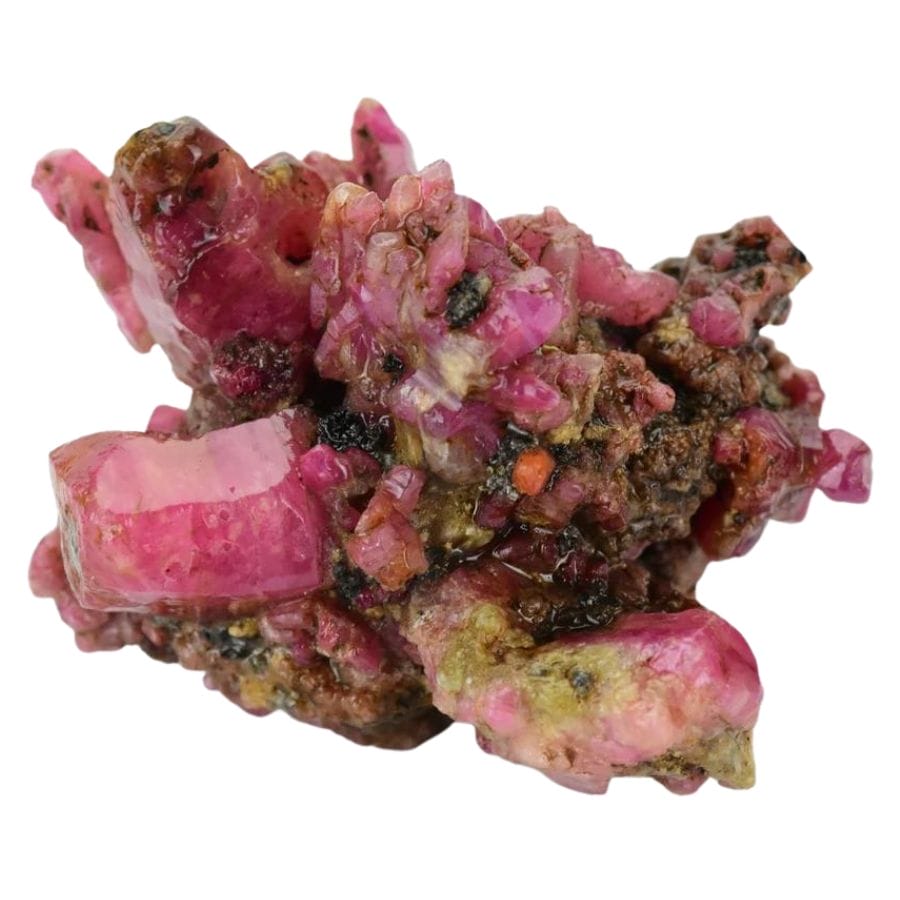
Chemical composition is like a recipe for gemstones. Just as cookies are made of flour, sugar, and butter, gemstones are made of different elements mixed together. This mix decides the gem’s color, shine, and even how hard it is.
If we look at the difference between spinel and ruby, we’ll see that they’re made of different ingredients.
Spinel has its own special recipe. The main ingredients are magnesium and aluminum, mixed with oxygen.
The main recipe of ruby, on the other hand, is aluminum oxide. But there’s a twist! Ruby gets its stunning red color from a tiny bit of an element called chromium. It’s like adding sprinkles to cookies; just a little can make a big difference.
Density – Spinel feels lighter than ruby
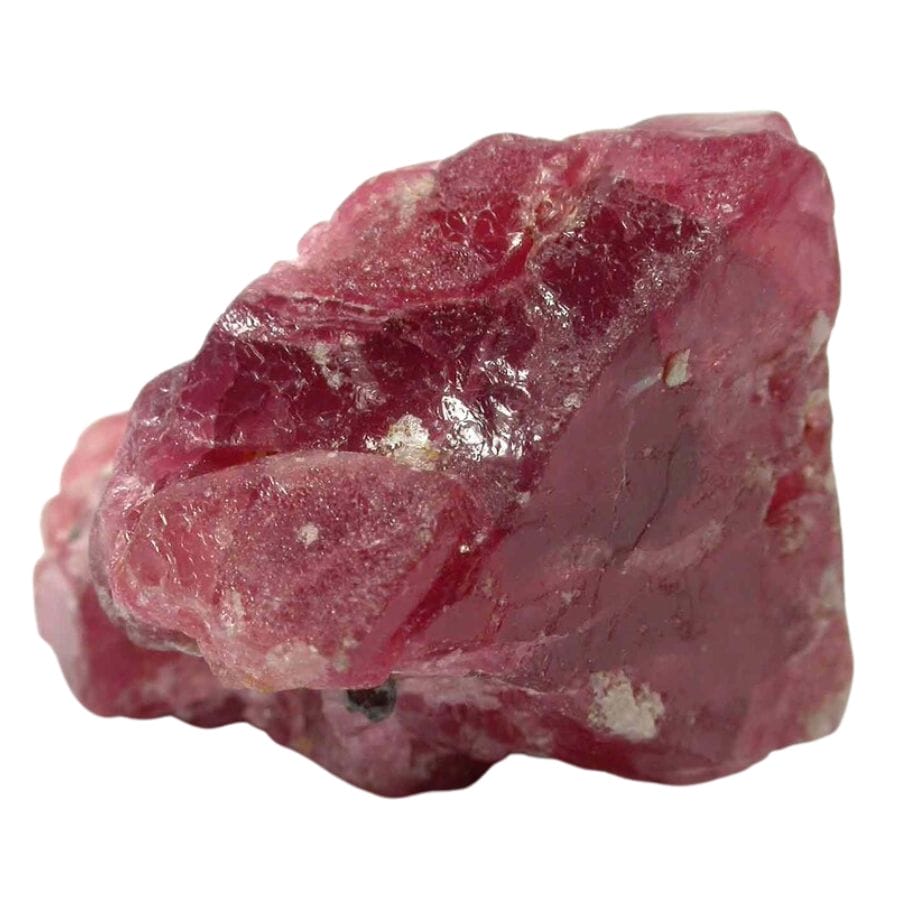
Imagine a suitcase. If you lightly pack it with fluffy pillows, it won’t be very heavy. But if you pack the same suitcase full of books, it’ll be much heavier. That’s because books are denser than pillows.
Now, think of gemstones like tiny suitcases. Some gemstones have more stuff packed into them than others. This stuff is made of atoms and molecules, and how tightly they’re packed together decides the gem’s density.
Spinel has a density between 3.58 and 3.61 g/cm³. This gives you an idea of how much spinel weighs for a certain size or volume.
Ruby, on the other hand, is denser. Its density is around 3.97 to 4.05 g/cm³. So, if you had a cube of ruby, it would feel heavier than a same-sized cube of spinel.
Formation – Rubies are usually found in metamorphic rocks
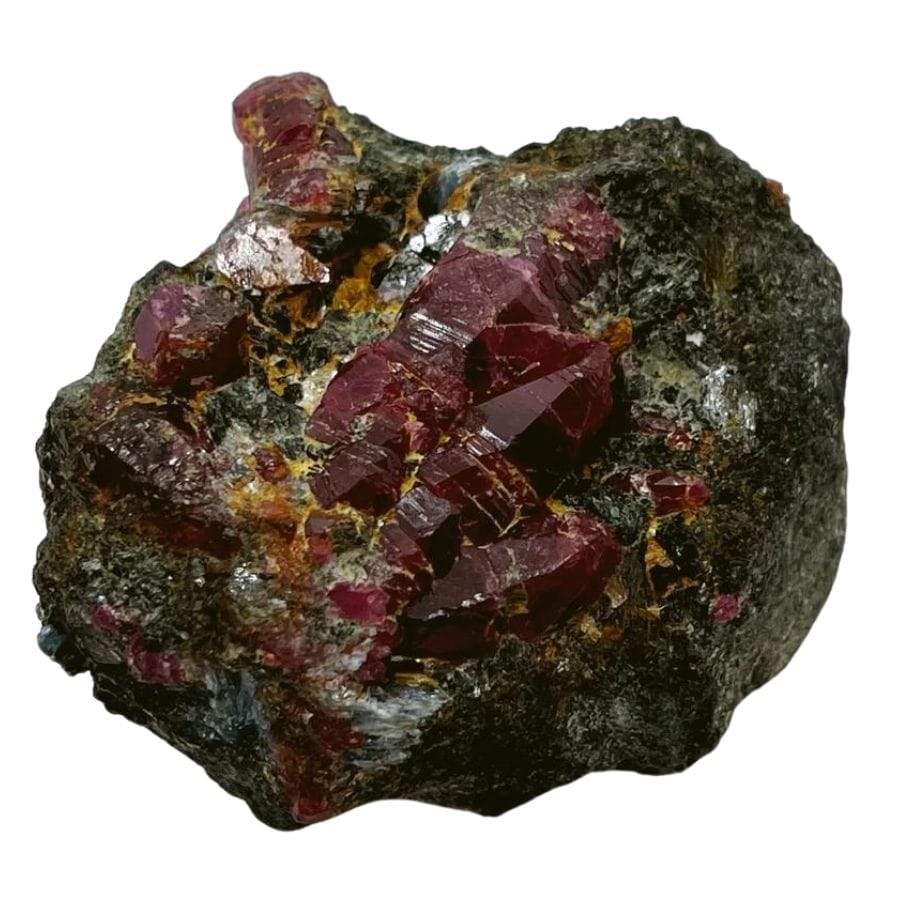
Rocks and minerals change over time, kind of like how a caterpillar turns into a butterfly. This change happens deep inside the Earth, and it’s how some of our favorite gemstones are made.
Spinel is often found in metamorphic rocks. But sometimes, spinel takes a different journey and forms in igneous rocks. These rocks are made when molten rock, or magma, cools and solidifies.
Ruby has its own story. It’s mainly found in metamorphic rocks. Rocks like marble and certain schists are its favorite hangouts.
If you’re curious about where to find these gems and others, knowing the terrains they come from can be super helpful.
Mountains, valleys, and rocky places might hide these beautiful stones. These make up some of the best rockhounding locations.
Magnetism – Some spinels can be magnetic
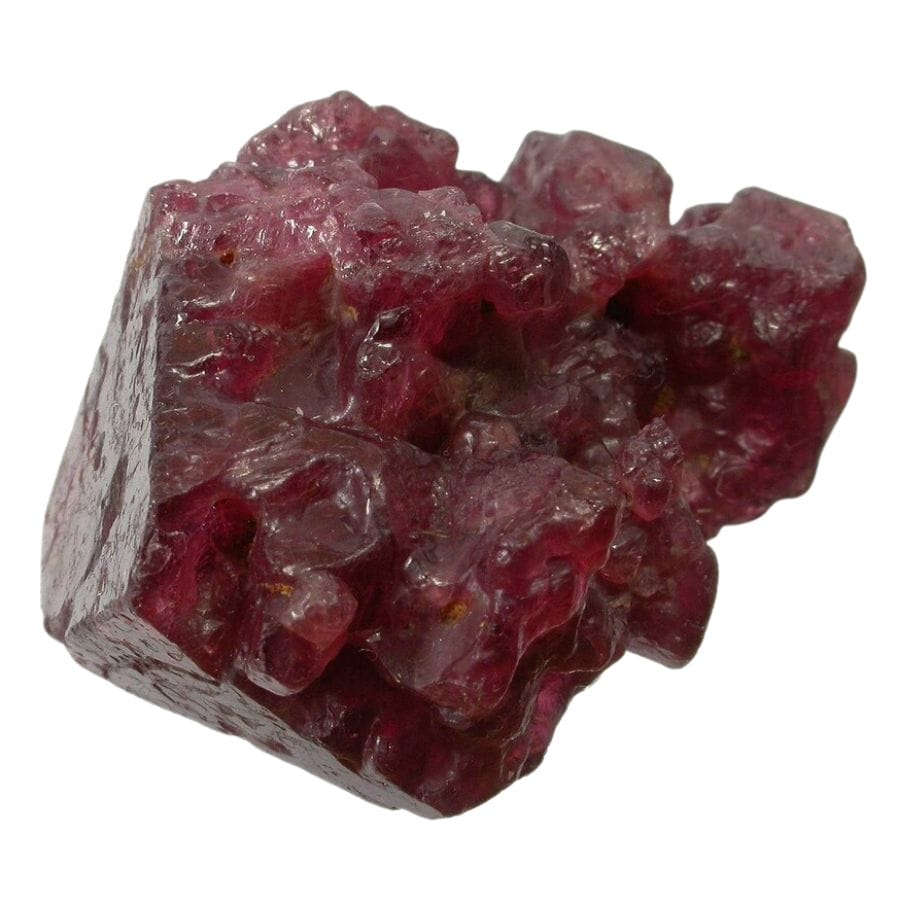
Imagine playing with fridge magnets. They stick to the fridge but not to a wooden table because the fridge is magnetic and the table isn’t. Some gemstones can also be magnetic because of the stuff they’re made of.
While not all spinels are magnetic, some are. The ones that have a lot of iron in them can be attracted to magnets.
Ruby, on the other hand, doesn’t have this magnetic trick up its sleeve. No matter how much you try, a magnet won’t be attracted to a ruby.
Fluorescence – Ruby gives off a strong red glow
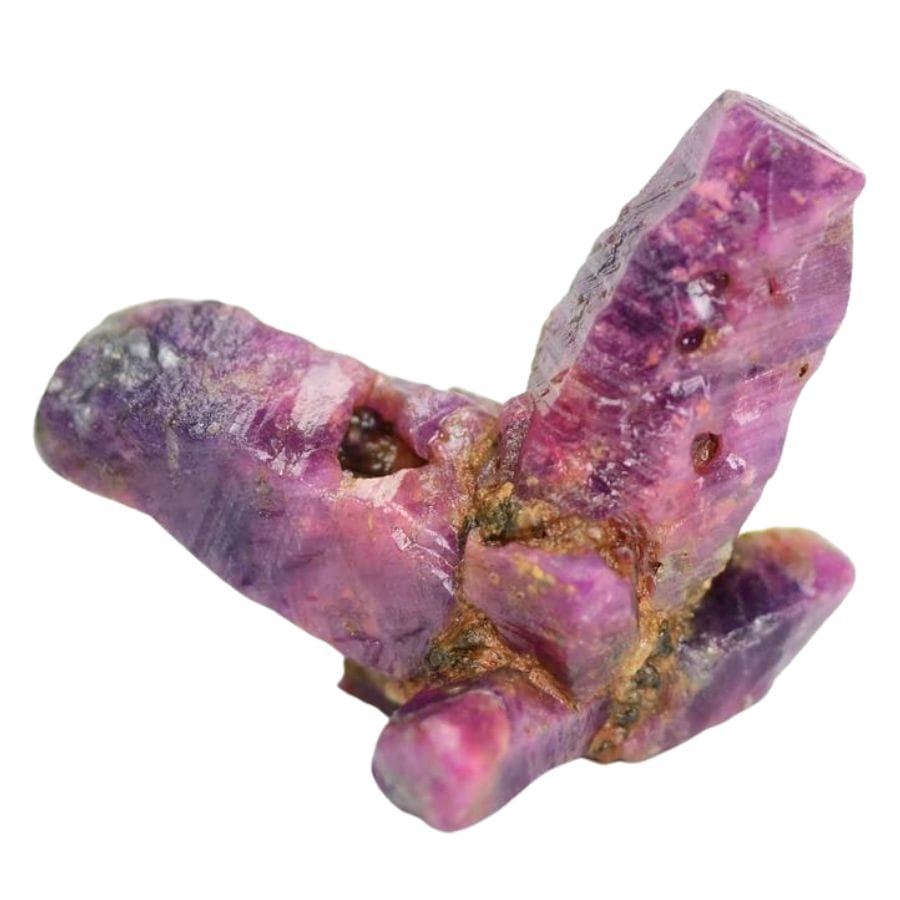
Imagine turning off all the lights and using a special kind of light, called ultraviolet (UV) light, on a rock or gem. If that rock lights up with a color, it’s fluorescing!
Fluorescence is a good way to compare spinel vs ruby. Some spinels, especially red and pink ones from places like Myanmar, light up with a bright orange-red glow under UV light.
Blue spinels can also light up, but it’s rarer and not as bright. But remember, not every spinel will do this, so don’t count on it to tell if a stone is spinel or not.
On the other side, many rubies have a bright red glow under UV light, thanks again to chromium. This makes them look even redder and cooler in sunlight because the sun has a bit of UV light in it.
Like spinel, not every ruby will light up. Some rubies from places like Thailand might not glow because they have more iron in them. So, fluorescence is one cool feature, but it’s not the only thing that makes these gems special.
Price – Spinel is more affordable
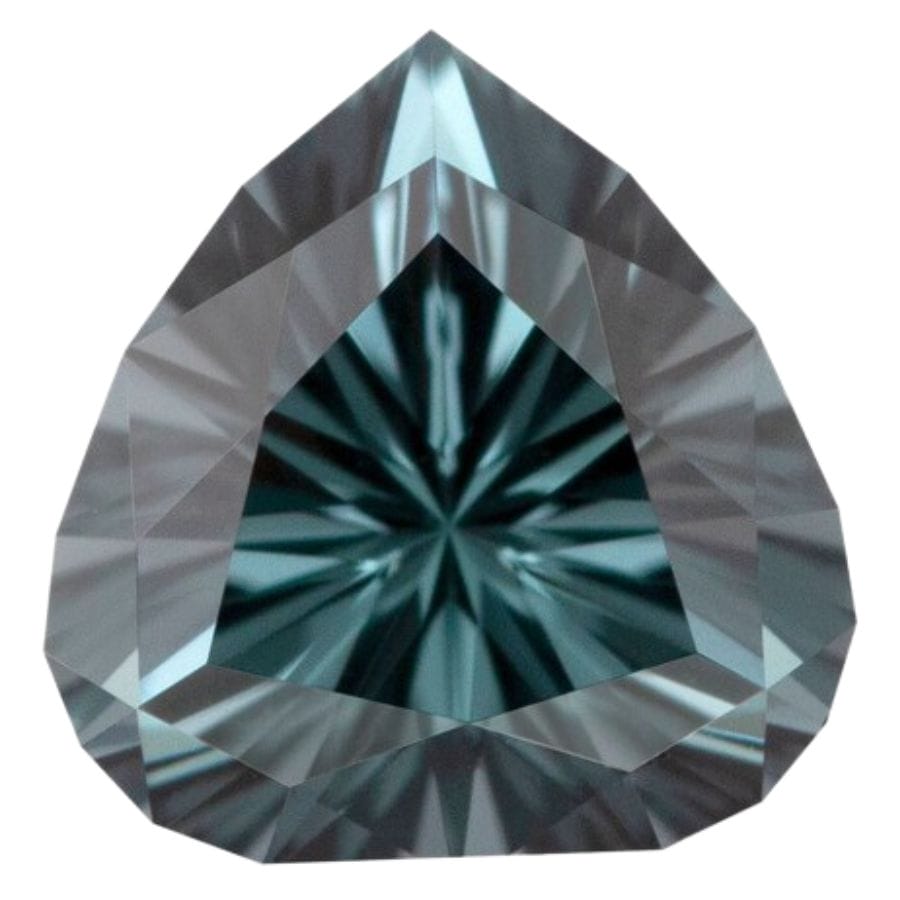
The price of spinel is typically lower than the price of ruby. This is because there’s more spinel out there for people to buy, and not as many people are looking for it.
Think of it like toys on a store shelf. If there’s a ton of one toy and not many people want it, the price might go down so more people will buy it.
Ruby, on the other hand, is like the popular toy that everyone wants. Because ruby is so well-known and loved, a lot of people want to own one. A ruby that has a bright color and no blemishes will have a pretty hefty price tag.
When trying to figure out what ruby is worth, you also need to consider its size, color, clarity, and where it came from.
Location – Ruby can be found in Myanmar
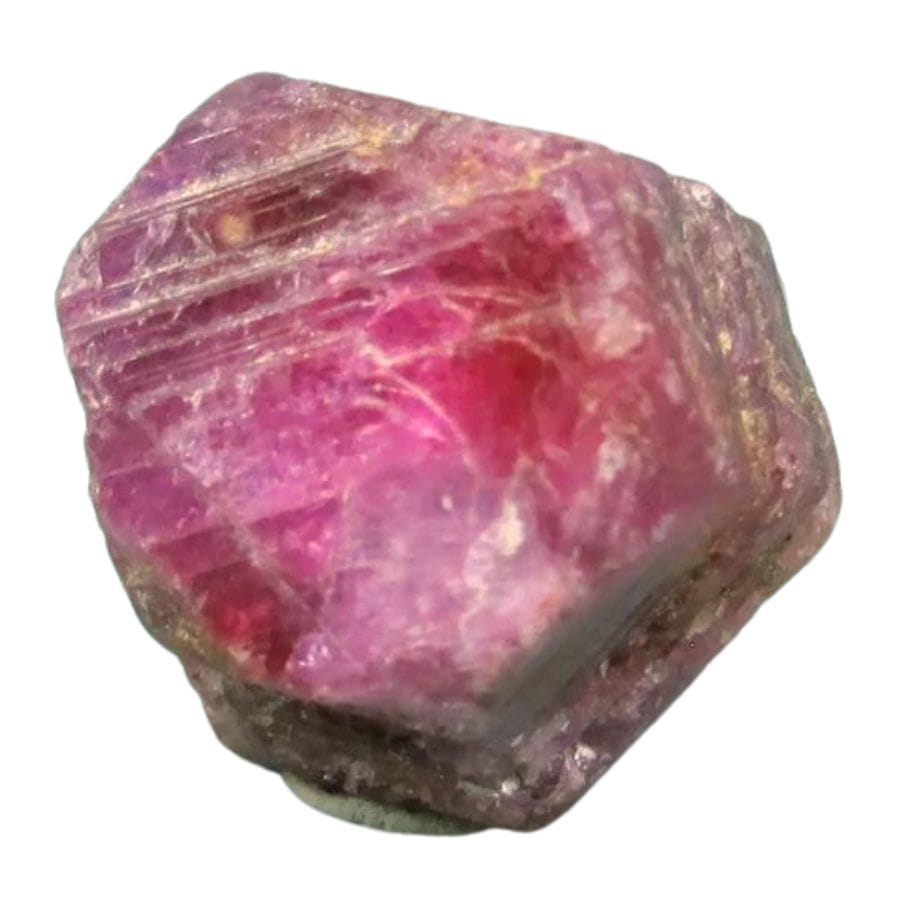
Spinel has a pretty widespread presence. South America has it in Brazil, and if you head over to Africa, you’ll find it in places like Kenya. But, it’s Asia that really stands out for spinel. Countries like Afghanistan, all the way to Vietnam, boast spinel finds.
Gravel beds in nations like Sri Lanka, Tanzania, and Madagascar are also common spots for spinel. If you’re in the United States, the New York-New Jersey area is a good place to find this gem.
The best rubies, on the other hand, are often found in Burma, or Myanmar. Other countries like Afghanistan, India, and Vietnam also have ruby mines.
In the United States, you might come across a ruby in Montana, North Carolina, South Carolina, or even Wyoming.
Speaking of the U.S., if you’re curious about how to find crystals, we have a handy guide that highlights all the best spots. It covers areas where gems like spinels and rubies have been found.
Ruby vs Spinel – The Similarities
Spinel and ruby can dazzle with rich red colors, making them favorites for jewelry. Let’s dive into their similarities and see why they’re sometimes mistaken for each other.
Streak – Both spinel and ruby leave a white streak
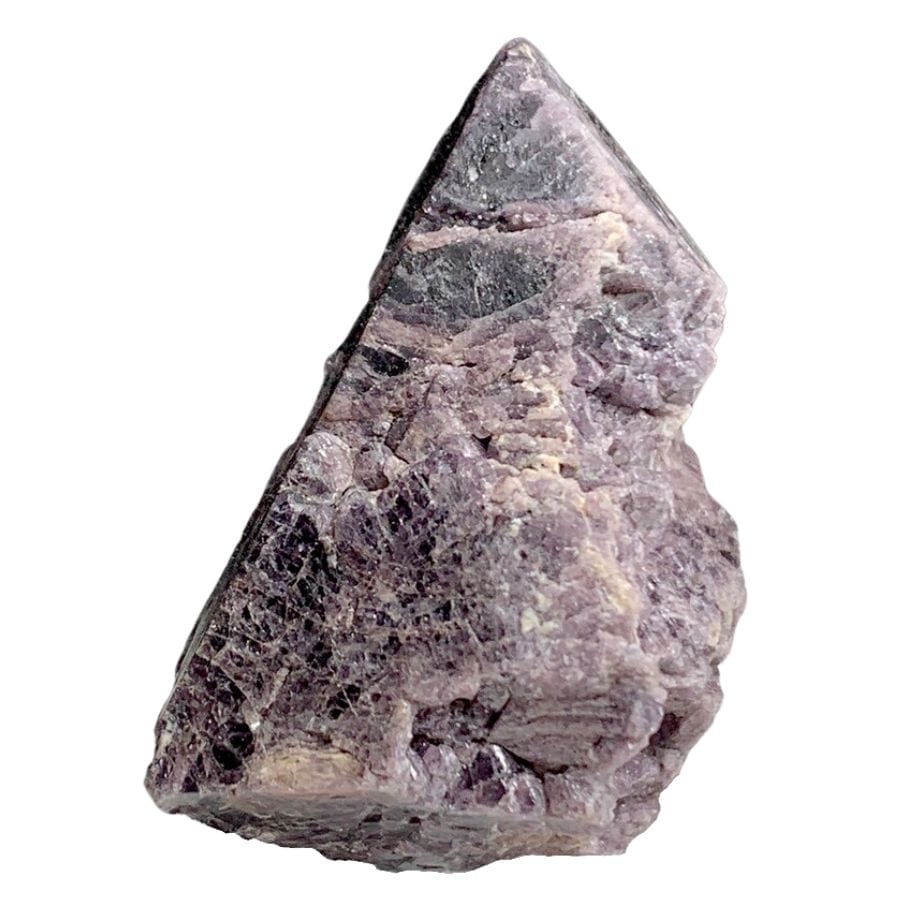
Streak is an interesting feature of minerals. It’s the color of the powder that a mineral leaves behind when it’s scratched against a rough surface, usually a white porcelain plate called a streak plate.
Even if the mineral is colorful, its streak might be completely different or even colorless. This is one of the many ways scientists and gemologists can test and identify minerals.
Both spinel and ruby have a streak that is colorless or white. That means if you took a spinel or a ruby and rubbed it on a streak plate, they would both leave a white mark, regardless of the color of the actual gemstone.
Conductivity – Neither mineral can conduct electricity
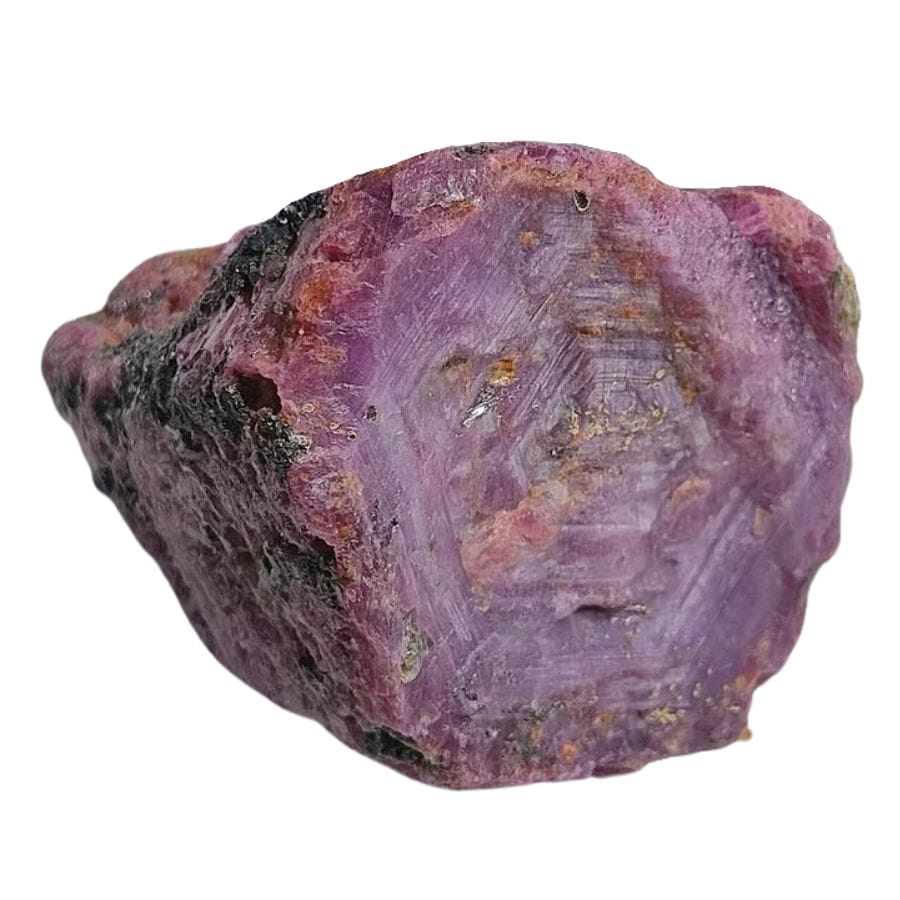
Conductivity in minerals refers to their ability to carry an electric current. Some minerals can allow electricity to flow through them, while others block it completely.
The minerals that allow electricity to pass are called conductors, and the ones that don’t are known as non-conductors or insulators.
Spinel is usually an insulator, which means it doesn’t let electricity pass through easily. Ruby behaves in the same way. It’s also typically a non-conductor.
The Easiest Ways to Tell Spinel and Ruby Apart
If you know what to look for, you can tell spinel and ruby apart. There are several ways and methods to differentiate these two gems. These differences can help you identify each stone with confidence.
Look at the color
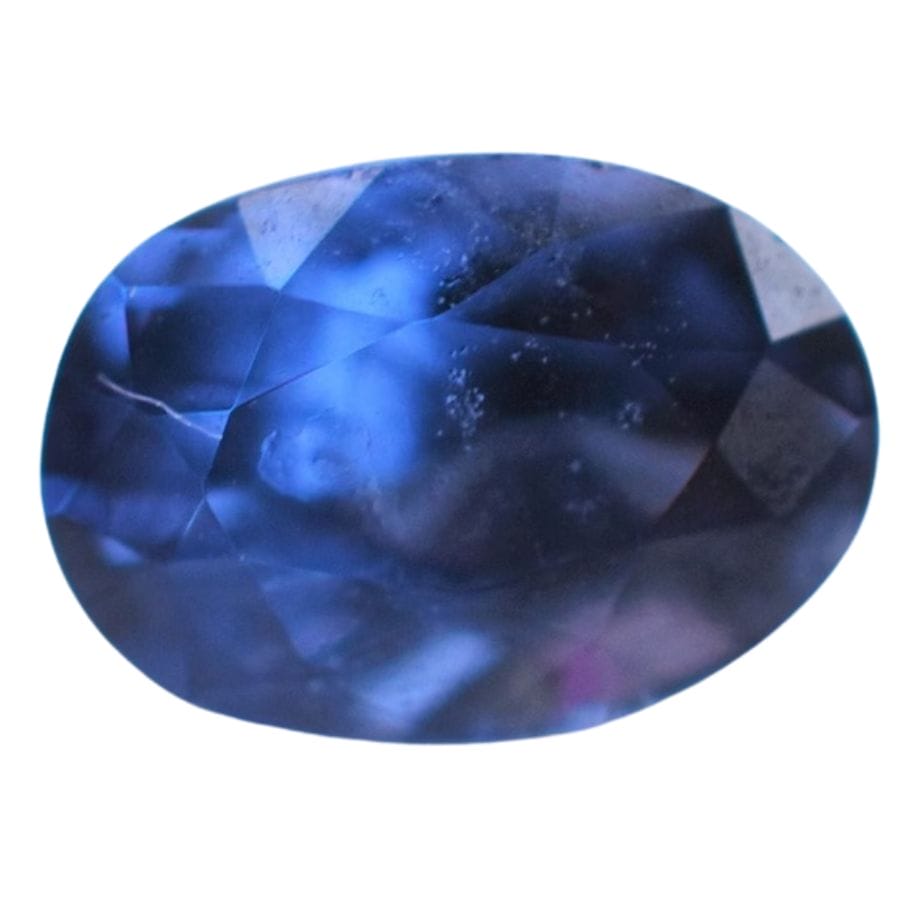
Rubies are known for their vibrant, deep red color. This color is in fact one of ruby’s defining characteristics, and it doesn’t come in any other hues.
On the other hand, spinel can be found in a variety of colors. Besides red, spinels can be pink, blue, violet, or even black.
The red spinels are generally softer in color compared to rubies. If you come across a gemstone with a pinkish or purplish tint or one that’s a softer shade of red, it might be a spinel.
Remember, color alone can’t confirm the identity of a gem, but it’s a great starting point when differentiating between spinel and ruby.
Test the stone’s fluorescence
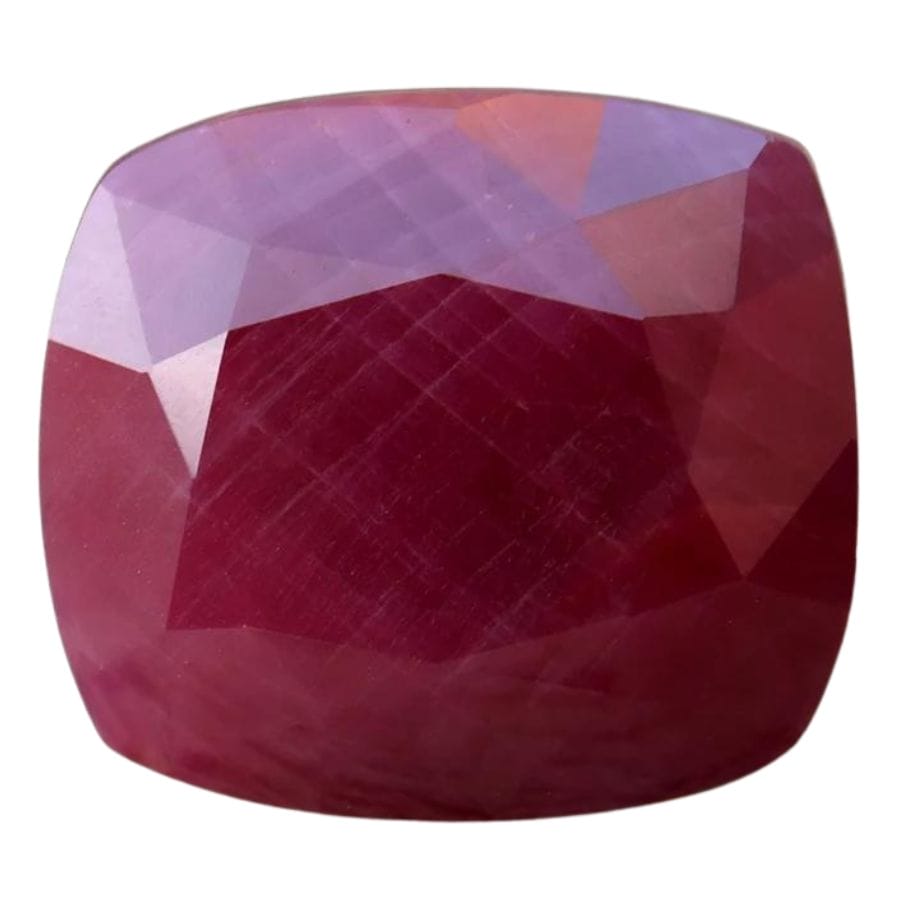
Fluorescence can be a helpful clue if you want to tell ruby vs spinel. Most rubies, especially the ones from places like Burma, will shine with a strong red color under UV light.
On the other side, spinels have a different reaction. Some of them might glow, especially the red and pink ones. When they do, the color they give off can vary and is usually not as bright as a ruby’s fluorescent glow.
So, if you’re trying to figure out whether you have a ruby or a spinel, a UV light can be a useful tool. If the stone glows a strong red, it’s probably a ruby. If it doesn’t, or if the glow is weaker, it might be a spinel.
Evaluate the crystal structure
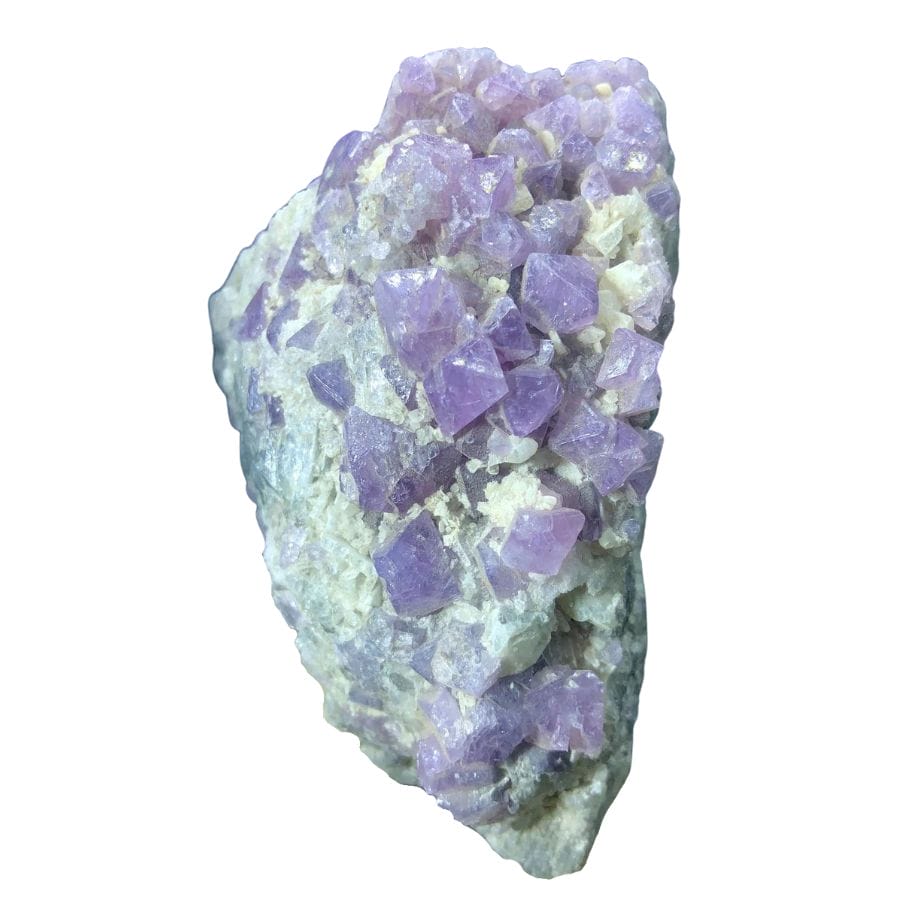
The crystal shapes of spinel and ruby can help you figure out which is which. Spinel often grows in diamond-like shapes. The shape isn’t always perfect, but if the stone has that general shape, then you might be looking at a spinel.
On the other hand, ruby has its own unique shape. It grows in shapes that are kind of like prisms. These prisms can be long and thin or short and stubby, but they usually have six sides.

